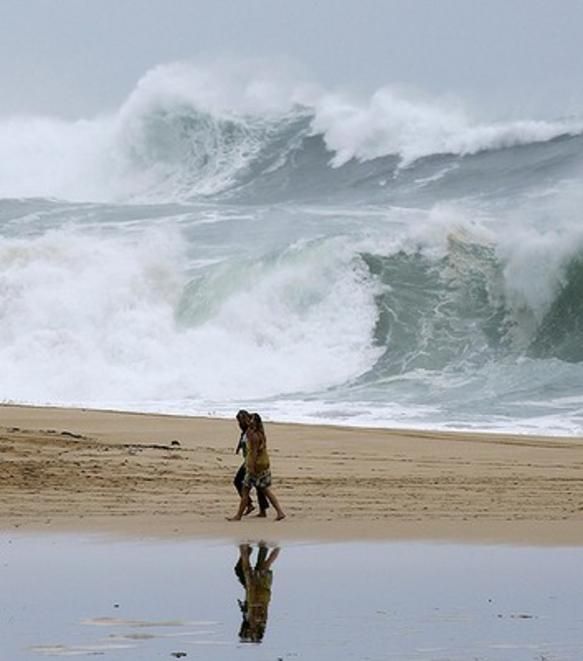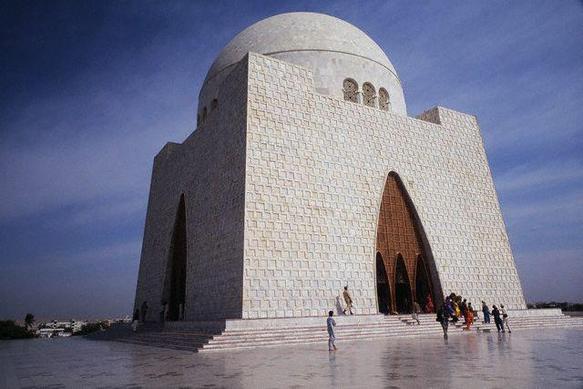History
Karachi is the largest and most populous metropolitan city in the world and is the capital of Pakistani province of Sindh. It is the main seaport and financial center of Pakistan. Karachi is also known as City of Lights mainly due to city's night life, for which it is famous as the city which never sleeps. Karachi metro has an estimated population of over 23.5 million people as of 2013, and area of approximately 3,527 km resulting in a density of more than 6,000 people per square kilometre
- Karachi zoo
- Sea View
- Mazar-e-Quaid
- Kirthar National Park
Karchi Zoo
Karachi Zoo, established in year 1878, was commonly called as 'Mahatma Gandhi Garden'. In 1861, the zoo was transferred to municipality by the government. In 1878, the municipality placed the zoo under a trust to be developed out of public subscription. Later, the zoo was once again opened to public in 1881. After the independence of Pakistan in 1947, the name was changed to 'Karachi Zoological Gardens' or 'Karachi Zoo' for short. In 1953, Karachi Metropolitan Corporation introduced a zoo curator and a qualified veterinary doctor.

Sea View
The Arabian Sea is a region of the northern Indian Ocean bounded on the north by Pakistan and Iran, on the west by northeastern Somalia and the Arabian Peninsula, and on the east by India. Historically the sea has been known by other names including the Erythraean Sea and the Persian Sea. Its total area is 3,862,000 km2 (1,491,000 sq mi) and its maximum depth is 4,652 metres (15,262 ft).

Mazar-e-Quaid
Mazar-e-Quaid, also known as the Jinnah Mausoleum or the National Mausoleum, is the final resting place of Quaid-e-Azam (Great Leader) Muhammad Ali Jinnah, the founder of Pakistan, as well as his sister, Mader-e Millat (Mother of the Nation) Fatima Jinnah, and Liaquat Ali Khan, the first Prime Minister of Pakistan. Located in the Jamshed Quarters neighborhood of Karachi, the mausoleum

Kirthar National Park
The Kirthar National Park is situated in the Kirthar Mountains in Karachi and Jamshoro District in Sindh, Pakistan. It was founded in 1974 and stretches over 3,087 square kilometres (1,192 sq mi), making it the second largest national park in Pakistan after Hingol National Park. The fauna comprises Indian leopards, striped hyenas, Indian wolves, ratels, urials, chinkara gazelles and rare Sind wild goats. Blackbuck antelopes are kept in enclosures for a reintroduction project at Kirthar National Park. Most large predators have been killed with the last leopard shot in 1977.





